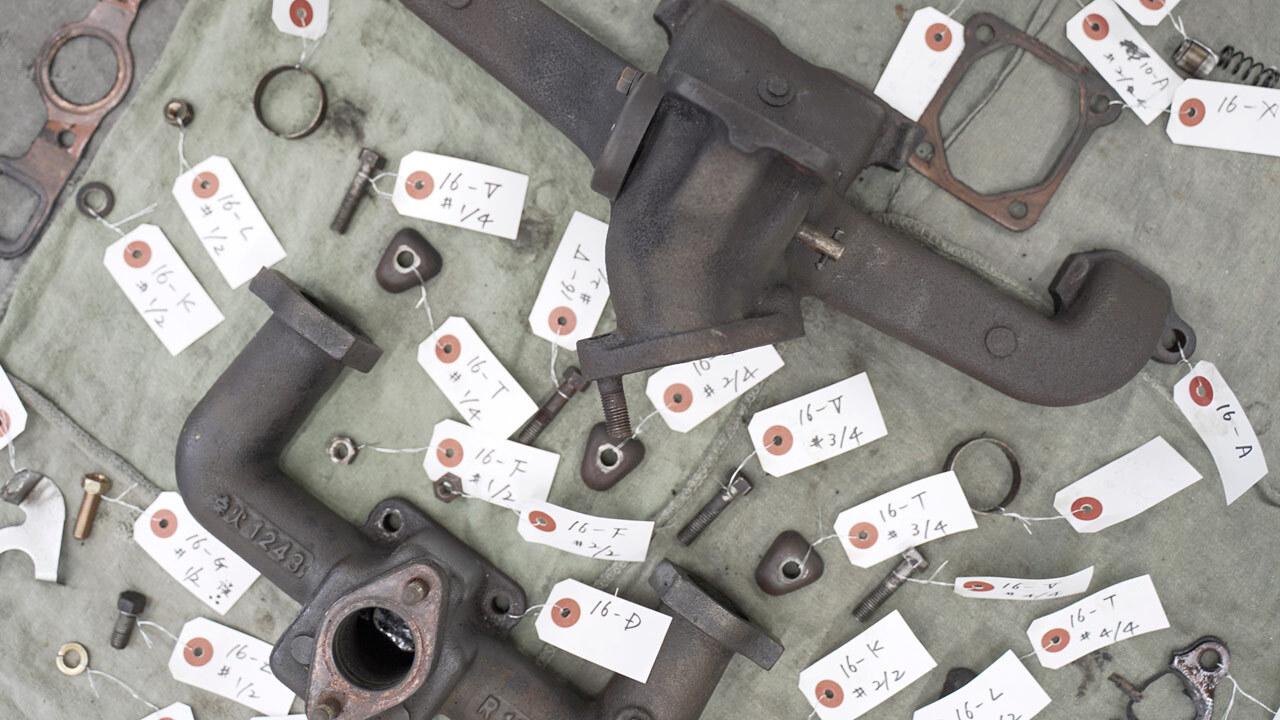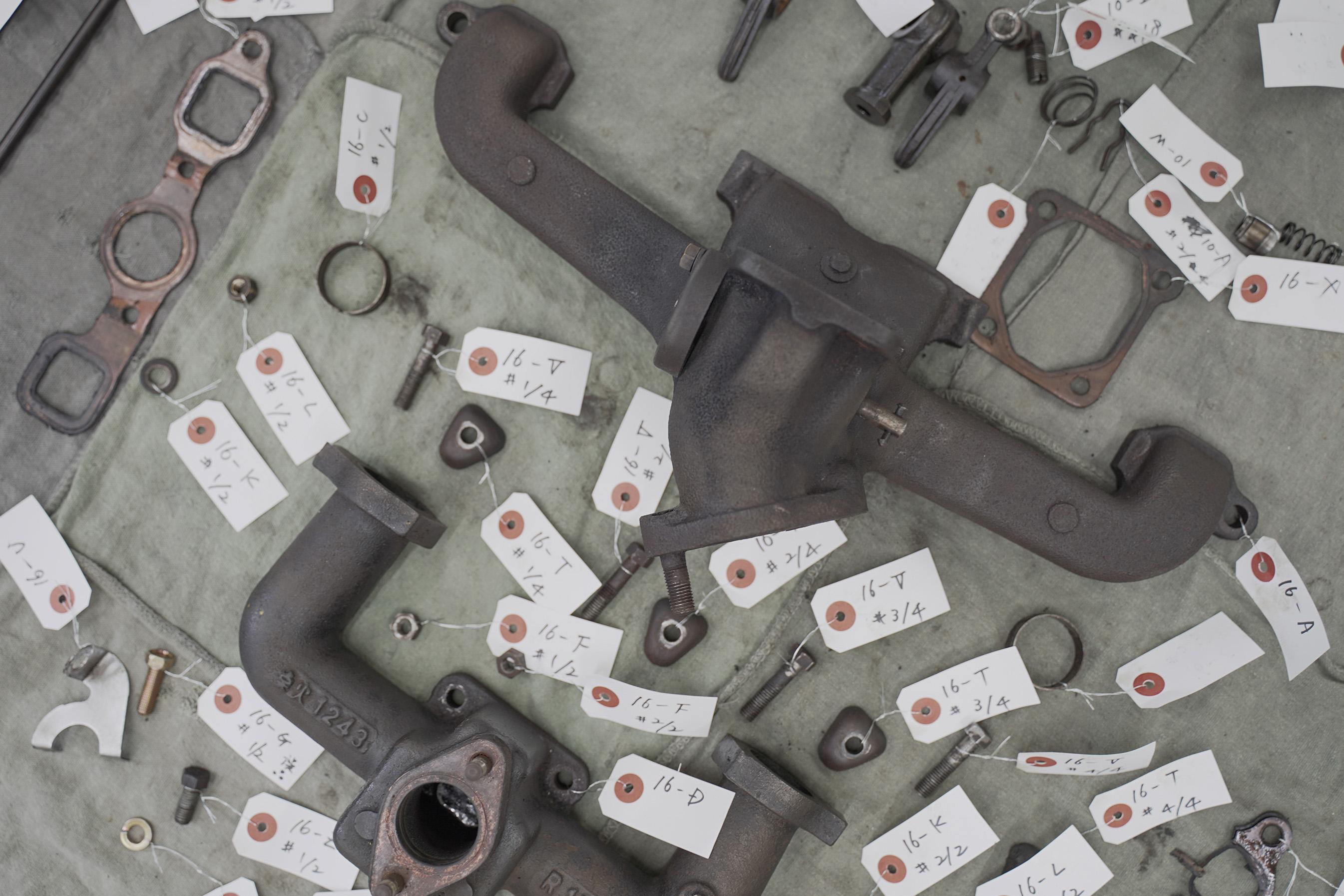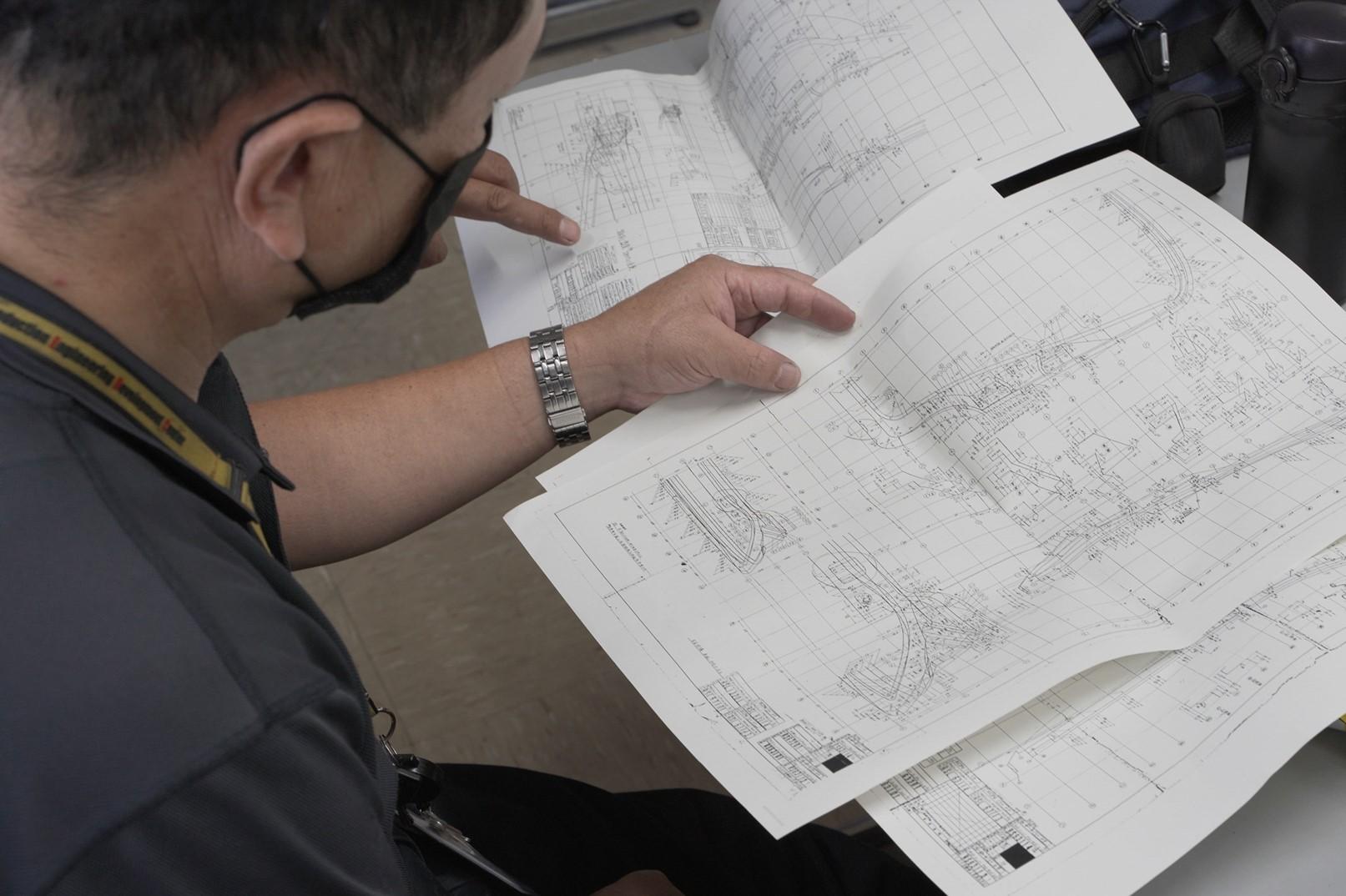
This series explores the project to restore a first-generation Crown, a car that embodies Toyota's origins. Part 5 deals with the issue of model years, an unavoidable factor in the restoration of old cars.
What lies beneath
Even after launch, cars and their thousands of components continue to be constantly updated to enhance performance, reliability, and durability.
Major improvements that entail changes to the production line are generally made when a model undergoes a facelift, every two or three years. Often, the model code is also updated at that time.
The first-generation Crown also received a thorough refresh in the fall of 1958, three years after it went on sale, with the RS model making way for the RS20.
Aside from this facelift, however, there were also constant smaller improvements in the specifications of parts under the hood.
Within the world of automotive maintenance, the “model year” concept is used to describe these specification differences.
In December of its launch year, the original Crown RS was joined by the RSD model, featuring a heater and vacuum-tube radio.
The car being restored for this project was thought to be an MY1957 (1957 model year) RS.
However, as work got underway a day after the project’s kickoff event on April 25, 2022—including a complete examination and disassembly by the assembly and final inspection teams, as well as the restoration processes of the chassis, body, engine, and other sectional teams—the full extent of the model year problem came to the fore.


Kazuya Komi is one of the coordinators leading the restoration project.
Komi
From May into June, the restoration work began in earnest.
The teams started by completely disassembling, tagging, and organizing the parts, down to the last screw, and checking each one against the design drawings and specification sheets that had been kept in-house as microforms.
As each team went through this process, we gradually came to grasp the car’s true condition beyond its exterior appearance—namely, the maintenance and repairs that this car had undergone.
Although in varying degrees from section to section, the car was a sort of hybrid mix of both MY1955 and MY1957 parts.

